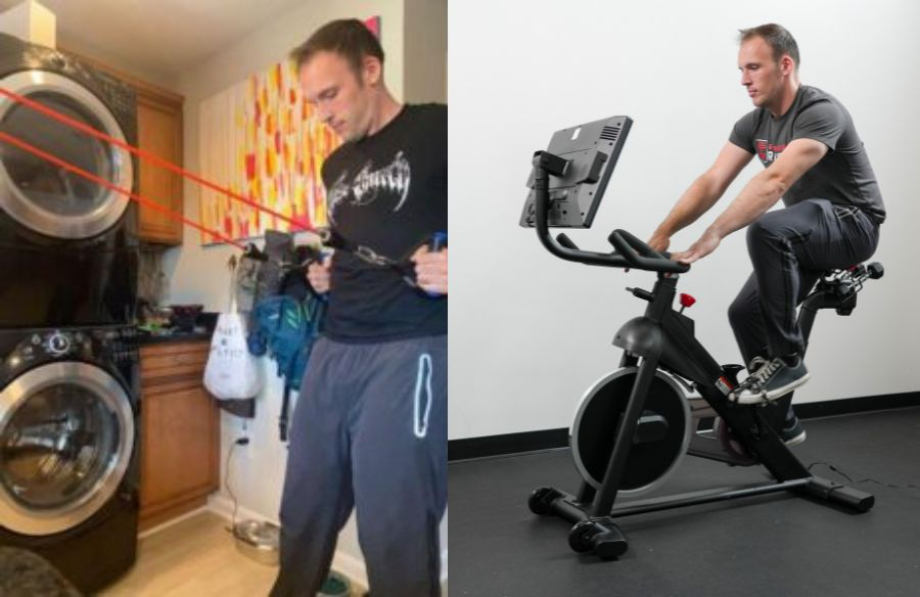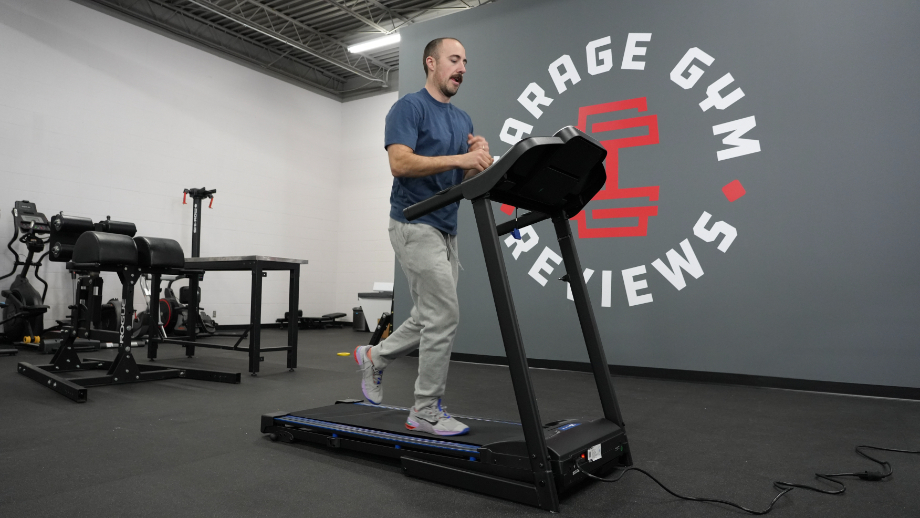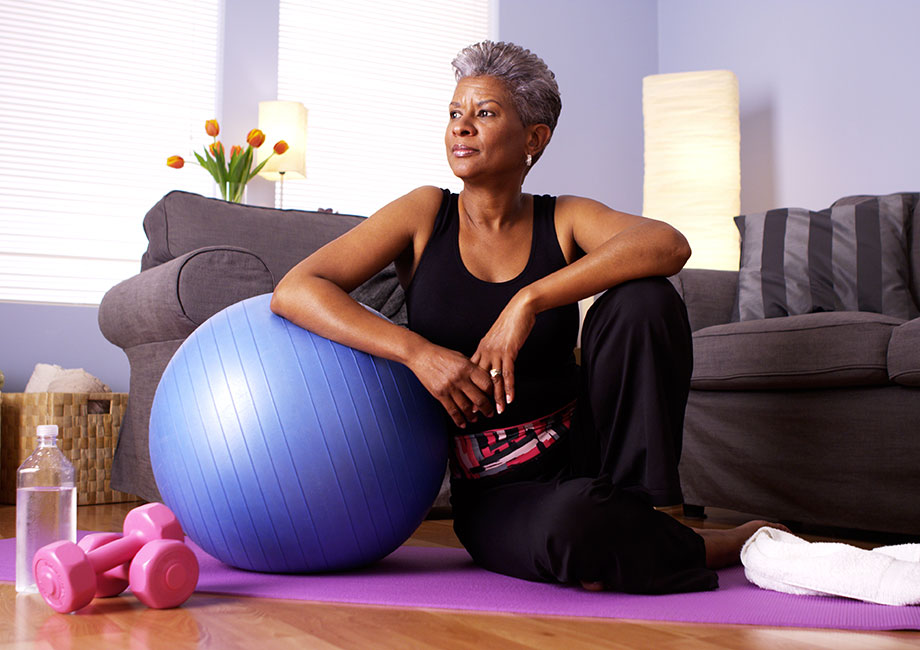This article sponsored by
Not only am I a certified personal trainer and nutrition coach, but I’m also someone who’s gone through his own weight loss journey.
Yup, that’s me on the left four years ago at 285 pounds (zero muscle).

So just like you, there was a time when I was weighing the pros and cons of cardio vs weights for weight loss. Four years and 70 pounds later, I can finally tell you the answer: It’s complicated. I know, I know, we all hate that answer—but it’s the truth.
What I mean by that is one method is not necessarily superior to the other, but depending on what your overall weight loss goals are, it may make more sense for you to hit the treadmill or hit the weight room. On top of that, whether you’re working out alone, using a personal training app like Future, or joining in on group exercise, you have to remain consistent to see results.
In this piece, I’ll discuss the science behind cardio vs weights for fat loss while also talking about my personal experience with both. By the end of this, you should have a better idea of which route is the better choice for your needs.
Weight Loss Is About More Than Just Exercise
While exercise is a vital part of any weight loss journey, there is a lot more that needs to be done if you want to lose weight.
Make Sure You’re in a Moderate Caloric Deficit
Weight loss can be achieved through cardio or weightlifting (sorry for the spoiler alert) so long as you’re in a moderate caloric deficit, or you’re burning more calories than you consume per day.
Here’s the keyword: moderate, and I cannot stress that enough.
When I first started trying to lose weight I did what a lot of people do—eat as little as possible. To put it bluntly, this is one of the worst things you could do for weight loss.
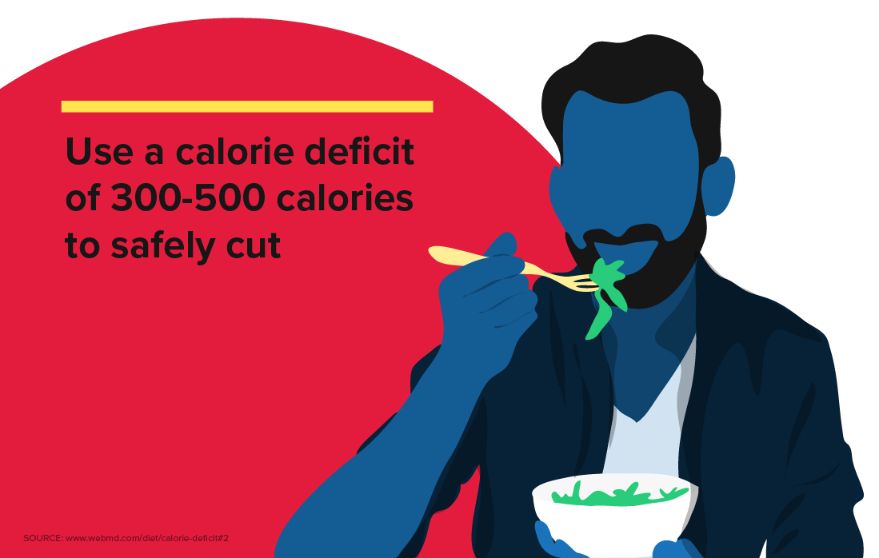
Studies1 have shown that people who have a caloric deficit of more than 500 calories per day are less likely to lose weight than those who keep their deficit below 500. That’s because a moderate deficit is more sustainable than a severe one.
So no matter how many Instagram influencers recommend a 1,200-calorie diet, don’t do it. Instead, use a calorie calculator to determine the amount of calories you need to sustain your weight and subtract 300-500 from that number. Quick note: That number is also known as your basal metabolic rate, which you’ll need to remember in a bit.
There are 3,500 calories in a pound, so it would take a week to burn one pound of fat while in a 500-calorie deficit every day.
Get Enough Sleep
We don’t have to tell you how important sleep is to your overall health, but some people may not be aware how connected it is to weight loss.
Studies2 have shown that poor sleep quality and a decreased amount of sleep can lead to obesity or make it harder for overweight men and women to lose weight.
That’s because sleep controls how well certain hormones like testosterone, which helps build muscle mass and burn fat, work in the body. People who don’t get seven to nine hours of sleep per night are also more likely to overeat.3
Take Care of Your Mental Health
You should be looking after your mental health regardless of whether or not you’re looking to lose weight. That said, if weight loss is one of your goals, your mental health may have a big impact on that.
Stress, anxiety, and depression can lead people to overeat or neglect regular exercise, according to multiple studies4. On the flip side, eating poor-quality food and not exercising enough may cause certain changes in your gut and brain that may lead to certain mental disorders4.
If you or any other person has a medical concern, you should consult with your healthcare provider or seek other professional medical treatment immediately. Visit the National Institute of Mental Health to find out how to get help.
Cardio Burns More Calories Per Session
As we said before, weight loss is accomplished by being in a caloric deficit and that can be accomplished in one of three ways: decreasing the number of calories you eat, increasing the amount of calories you burn, or a combination of both
If you’re looking to burn a certain amount of calories in a short timeframe, then cardio might be your friend because you burn more in 30 minutes of running on a treadmill or riding an exercise bike than you do bench pressing or deadlifting.
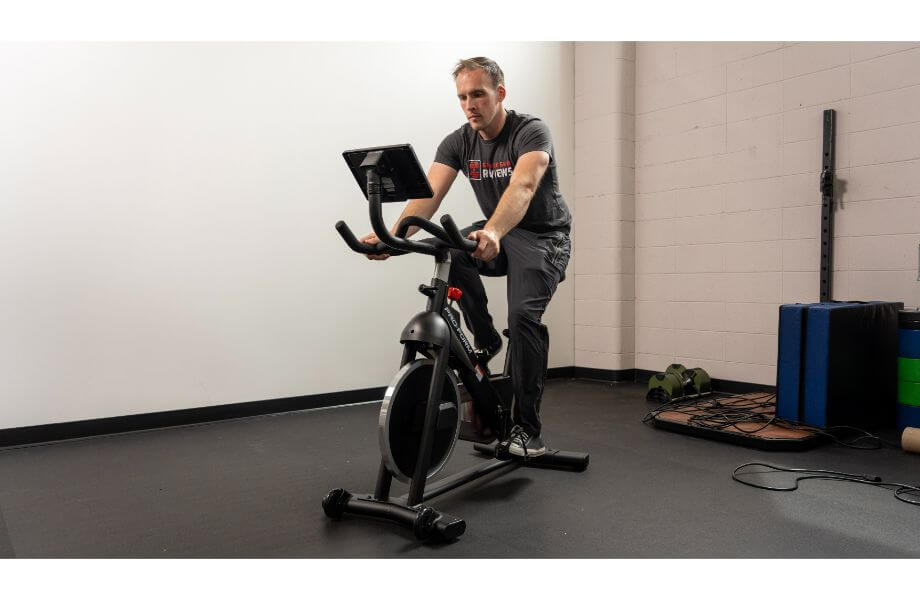
Harvard Medical School once looked at how many calories people of three different weights burn while doing certain activities. They found that a 185-pound person burned 294 calories while riding at a moderate pace on an exercise bike for 30 minutes, but only burned 252 in the same amount of time doing a vigorous weightlifting routine.
RELATED: Best Exercise Bike
This is what I did at the beginning of my weight loss journey. Anywhere from five to six days a week, I’d make sure to hop on a stairmaster and do at least half an hour of moderately intense exercise and I quickly started seeing results.
That’s because cardiovascular exercise increases our heart rate, which leads to caloric burn. This is seen in just about any physical activity we do, from mowing the lawn to running after our children.
Here’s Something NEAT
Did you know that one of the most optimal ways to increase your energy expenditure can be as simple as choosing to take the stairs instead of the elevator?
There’s something called non-exercise activity thermogenesis, or NEAT, which is all the calories we burn that is not exercise-related. In fact, some studies5 have shown that even fidgeting can help significantly increase your RMR and lead to increased energy expenditure.
In other words, find simple ways to move throughout the day. If your office allows it, or if you work from home, get a standing desk and try shuffling around through the day, or bust a move while you’re washing the dishes. The more you move throughout the day, the more fat mass you burn.
Lifting Weights Helps You Burn More Calories Every Day
Although cardio might seem like the more time-efficient option, lifting weights or any other form of resistance training for weight loss can set you up for long-term success.
Let’s rewind to our resting metabolic rate (RMR), or the number of calories you need to sustain your weight and provide energy to your vital organs while your body is at rest. Strength training can help you increase your metabolic rate, according to studies6, which can help you burn more calories every day.
RELATED: Cardio vs. Strength Training
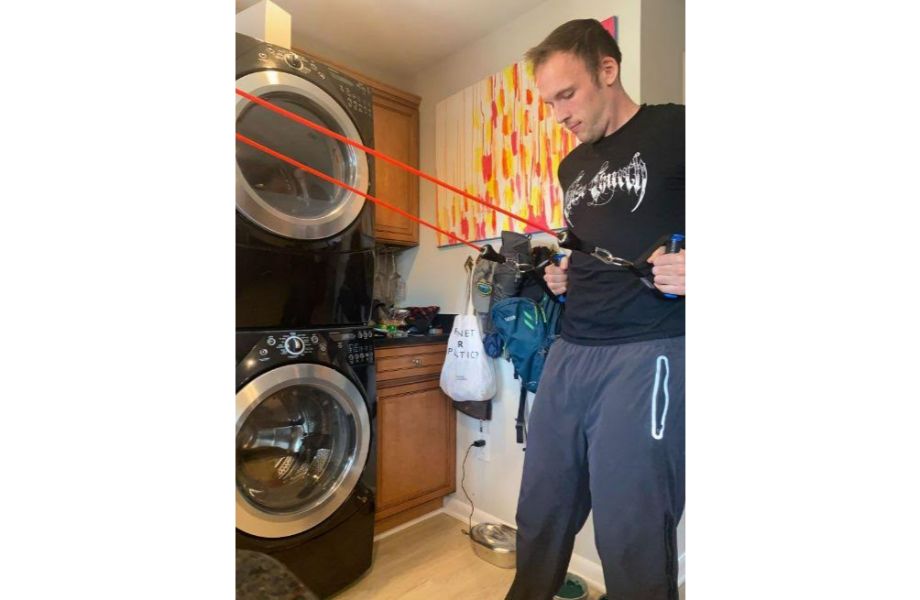
This is the one thing I wish I knew before I started working out seriously, and it’s the one thing I stress to anyone who wants to lose body fat. Again, cardio burns more calories than weightlifting in a single session, but it does not lead to a higher RMR, according to studies7.
Online Personal Training
Future

Pros & Cons
Pros
- Incredible user interface; very well designed and intuitive
- Choose your own coach based on your personal preferences and goals
- Lots of variety in your workouts
Cons
- $199 per month membership cost
- No real-time coaching from your trainer
Bottom Line
Although it costs about $200 a month, Future features a user-friendly interface, customizable programming, and excellent support from your personal coach.
Losing Fat vs Changing Body Composition
There’s another question you need to ask yourself when deciding whether to do cardio vs weights for weight loss: Do you want to lose weight or do you want to change your body shape and gain muscle?
Cardio will simply help you burn calories, which can help you lose body mass. But if you’re looking to decrease your body fat while adding lean muscle mass to your chest, arms, and other body parts to look more muscular, then your go-to should be weight training.
Doing Different Forms of Exercise is Important
If you choose to lift weights for weight loss you still need to do cardio, and if you choose to do cardio for weight loss you should still lift weights. Allow us to explain why.
Related: Best cardio machine for weight loss
As Garage Gym Reviews staff writer and certified personal trainer Lauren Strong explains, aerobic exercises make our hearts stronger and ensure the organ can continue to deliver nutrients to our body.
“Just like lifting weights can help us increase our muscle size, we can train our hearts to get stronger through cardio,” Lauren says. “A stronger heart is more efficient at pumping blood (plus nutrients and oxygen) to the entire body.”
Lifting weights, or any other type of resistance training, is also important for things like bone health8 and preventing conditions like osteoporosis, plus keeping testosterone levels high9 in men and women, which not only helps build muscle mass but can slow down signs of aging.
“When you combine the two types of training, that’s where the magic happens of increasing your overall wellness and cardiovascular health in addition to adding muscle and changing your body weight and composition,” Lauren says.
Instead of lifting weights once per week and then doing a cardio workout, you can combine the two in a high-intensity interval training (HIIT) workout, which gives you the benefit of getting in some strength reps on multiple muscle groups, while also increasing your heart rate with quick bursts of cardio.
The body burns more calories during a single HIIT session than moderate cardio exercise or moderate-intensity strength training, according to studies10.
Cardio vs Weights for Weight Loss: Final Thoughts
If you’re looking to lose weight it’s important to note that cardio and weight training have their benefits, but at the end of the day it’s important for you to stick with an exercise regimen that you enjoy (this will make it more likely that you stick with it), works with your lifestyle, and that you’re in a caloric deficit.
Furthermore, it’s important to do both regardless of whether you’re looking to shed pounds or not. Lifting weights and doing cardio have numerous health benefits that can help you remain strong, prevent injuries, and reduce your overall risk of certain diseases.
Who should primarily do cardio for weight loss:
- Those who are looking to lose weight in a short amount of time
- Anyone who isn’t concerned with muscle mass
Who should primarily do weight training for weight loss:
- People who are looking to increase their metabolism
- Anyone who wants to change their body shape
Why you should do both:
- Cardio is essential for heart health
- Resistance training can slow down signs of aging
Cardio vs Weights for Weight Loss: Q&A
Will I lose weight faster with cardio or weights?
You will lose weight faster with cardio because a single cardio session helps you burn more calories than weightlifting, according to Harvard Medical School. However, the importance of weight training for sustainable weight loss cannot be overstated. It’s also important to note that to achieve weight loss you must be in a caloric deficit, or burn more calories than you consume per day.
Can you lose weight just lifting weights?
Absolutely you can! Lifting weights will increase your resting metabolic rate, or the number of calories you burn simply by existing. That said, you must also ensure that you’re in a caloric deficit, which can be accomplished by eating fewer calories per day, burning more, or a combination of both.
What happens if I just lift weights and no cardio?
Your weight loss journey might take a little longer, as cardio burns more calories per session than weightlifting, but you’ll also notice some body composition changes. You should still incorporate cardio into your routine because it’s vital to your overall heart health.
References
- Carels RA, Young KM, Coit C, Clayton AM, Spencer A, Hobbs M. Can following the caloric restriction recommendations from the Dietary Guidelines for Americans help individuals lose weight?. Eat Behav. 2008;9(3):328-335. doi:10.1016/j.eatbeh.2007.12.003
- Thomson CA, Morrow KL, Flatt SW, et al. Relationship between sleep quality and quantity and weight loss in women participating in a weight-loss intervention trial. Obesity (Silver Spring). 2012;20(7):1419-1425. doi:10.1038/oby.2012.62’
- St-Onge MP, McReynolds A, Trivedi ZB, Roberts AL, Sy M, Hirsch J. Sleep restriction leads to increased activation of brain regions sensitive to food stimuli. Am J Clin Nutr. 2012;95(4):818-824. doi:10.3945/ajcn.111.027383
- Bremner JD, Moazzami K, Wittbrodt MT, et al. Diet, Stress and Mental Health. Nutrients. 2020;12(8):2428. Published 2020 Aug 13. doi:10.3390/nu12082428
- Levine JA, Schleusner SJ, Jensen MD. Energy expenditure of nonexercise activity. Am J Clin Nutr. 2000;72(6):1451-1454. doi:10.1093/ajcn/72.6.1451
- Pratley R, Nicklas B, Rubin M, et al. Strength training increases resting metabolic rate and norepinephrine levels in healthy 50- to 65-yr-old men. J Appl Physiol (1985). 1994;76(1):133-137. doi:10.1152/jappl.1994.76.1.133
- MacKenzie-Shalders K, Kelly JT, So D, Coffey VG, Byrne NM. The effect of exercise interventions on resting metabolic rate: A systematic review and meta-analysis. J Sports Sci. 2020;38(14):1635-1649. doi:10.1080/02640414.2020.1754716
- Hong AR, Kim SW. Effects of Resistance Exercise on Bone Health. Endocrinol Metab (Seoul). 2018;33(4):435-444. doi:10.3803/EnM.2018.33.4.435
- Vingren JL, Kraemer WJ, Ratamess NA, Anderson JM, Volek JS, Maresh CM. Testosterone physiology in resistance exercise and training: the up-stream regulatory elements. Sports Med. 2010;40(12):1037-1053. doi:10.2165/11536910-000000000-00000
Viana RB, Naves JPA, Coswig VS, et al. Is interval training the magic bullet for fat loss? A systematic review and meta-analysis comparing moderate-intensity continuous training with high-intensity interval training (HIIT). Br J Sports Med. 2019;53(10):655-664. doi:10.1136/bjsports-2018-099928


